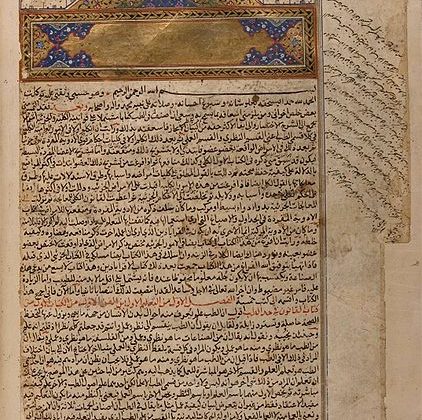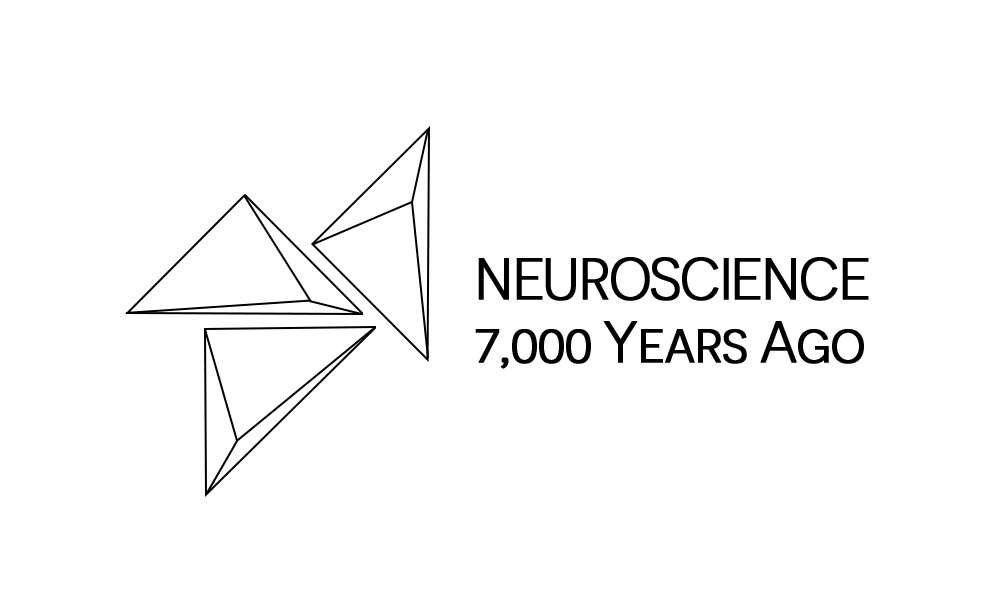
The Canon (Law) of Medicine – Medical Book
The Canon of Medicine (Qanun: Law of Medicine), by Ibn-Sina is one of the most famous books in the history of medicine. This book is a 14-volume medical encyclopedia that was completed in 1025 [1]. This book was used in many medical schools, for example the University of Montpellier, France (1650). The book explains the causes of health and disease. Ibn- Sina believed that the human body can be healthy if the causes of health and disease are determined. He defined medicine (tibb) as the science by which we learn the different aspects of the human body in both health and disease.
The Arabic text of the Qanun was translated into Latin as the Canon of Medicine by Gerard of Cremona in the 12th century and into Hebrew in 1279. Avicenna dedicated three chapters of his book to neuropsychiatric disorders. He defined madness (Junun) as a mental disorder of reason in which reality is replaced by fantasy and he located its origin in the middle part of the brain [2]. In the Canon of Medicine, Avicenna was considered to be the father of the science of psychoanalysis through his extension of the theory of temperaments to include mentality, emotions, morality, self-awareness, movements and dreams.
References:
1 Finger, S.: ‘Origins of neuroscience: a history of explorations into brain function’ (Oxford University Press, USA, 2001. 2001)
2 Youssef, H.A., Youssef, F.A., and Dening, T.: ‘Evidence for the existence of schizophrenia in medieval Islamic society’, History of Psychiatry, 1996, 7, (25), pp. 055-062










